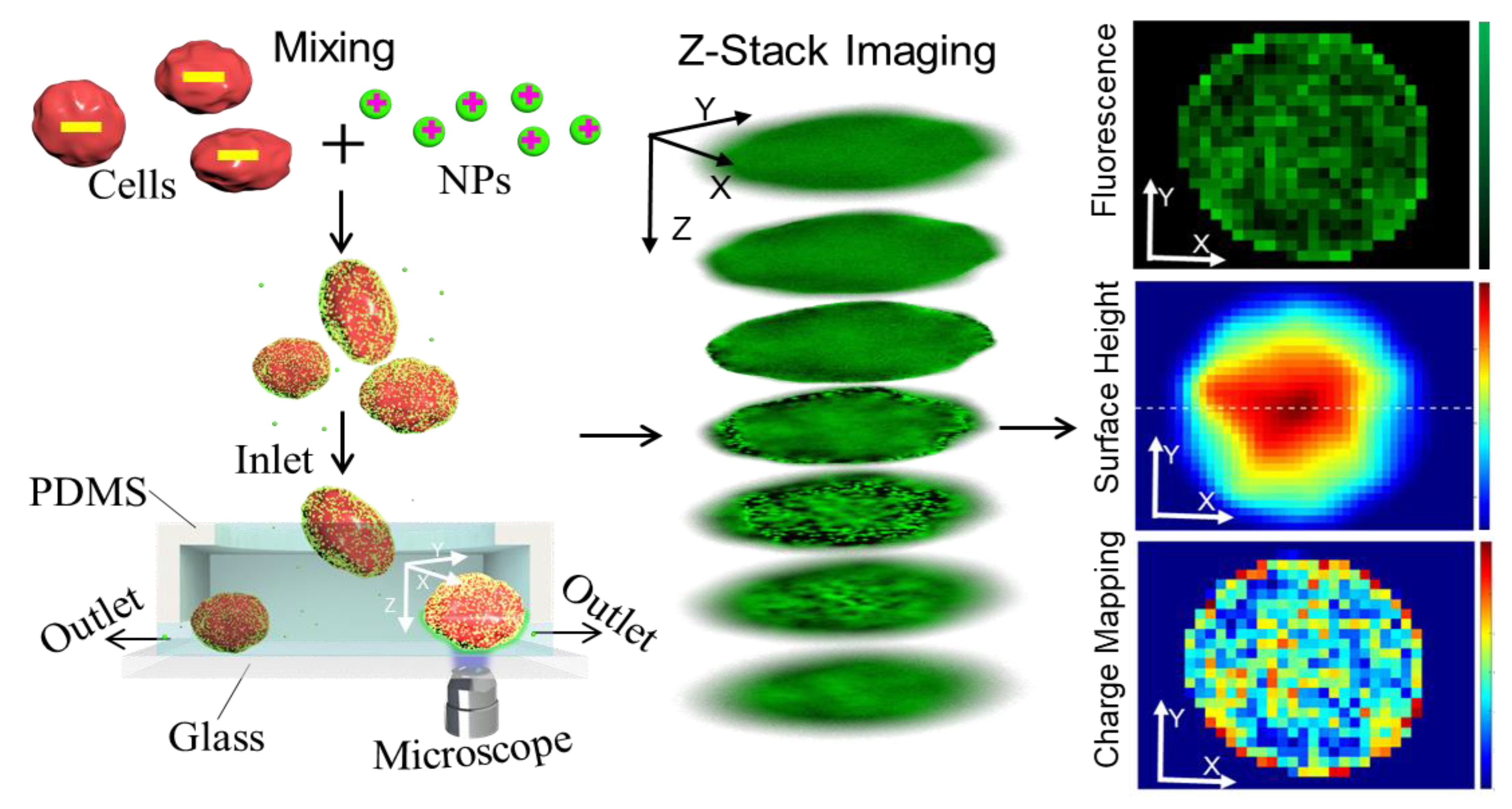

The relationship between the viscosity and the temperature follows an Arrhenius model.

The results showed in general a Newtonian behaviour of the nanofluids with independency of the rheometer configuration. The impact of the salt purity (refined or industrial grade), the nanoparticle concentration (0.5–1.5 wt%) and the rheometer measuring configuration (coaxial cylinder or parallel plate) are examined. The evolution of these nanofluids viscosity as a function of the shear rate (1–1000 s −1) at a temperature range of 250–400 ☌ was measured and analysed.

This article concerns the rheological behaviour of nanofluids made of Solar Salt (mass percentage at 60% NaNO 3 – 40% KNO 3) as the base fluid and silica or alumina nanoparticles as additives. Surface Zeta Potential Cell (Man0483-1.0). Loosen the cap screw, then rotate the cell cap until the white mark on the cap is in line with the white mark on the cell body. There have been reports on increased specific heat due to the addition of nanoparticles, however, there is a lack of comprehensive information on other essential properties affecting the heat transfer, such as the viscosity. With the sample height set, the cell cap also needs to be zeroed. Solar Salt-based nanofluids have attracted significant scientific interest in recent years due to their improved thermal properties, making them strong candidates as thermal energy storage materials and/or heat transfer fluids in CSP plants.


 0 kommentar(er)
0 kommentar(er)
